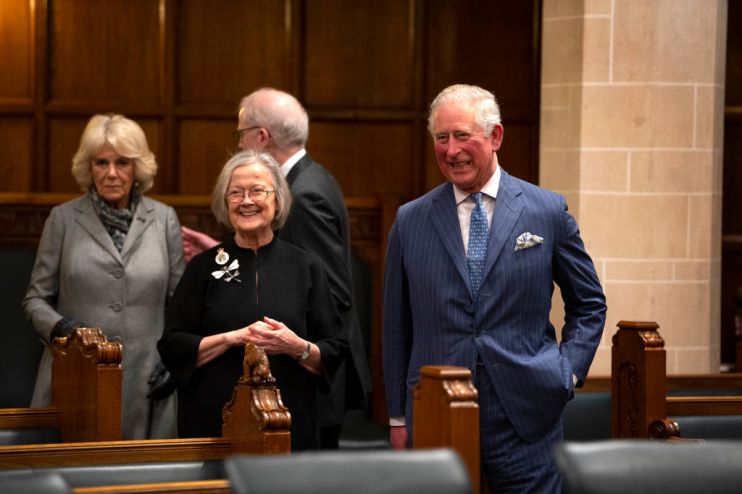Parliament prorogation: Who is the Supreme Court’s Lady Hale?

This morning, Supreme Court president Lady Hale delivered a withering verdict on Boris Johnson’s decision to suspend parliament for five weeks, ruling that it was it was unlawful. “The effect on the fundamentals of our democracy was extreme,” she added.
Hearing the case were 11 of the Supreme Court’s 12 Justices. It was Lady Hale who delivered the verdict.
Read more: Sterling rises as Supreme Court scuppers Boris Johnson’s Brexit plans
Who is Lady Hale?
Brenda Marjorie Hale, Lady Hale of Richmond, is the first female president of the Supreme Court. She took over from Lord Neuberger of Abbotsbury in 2017 to lead the UK’s highest court, which was created by by Tony Blair in 2009 to “put the relationship between parliament, the government and judges on a modern footing”.
Before being made president, Lady Hale served as deputy president from June 2013. In October 2009, she became the first female judge in the court.
Lady Hale’s CV
1966 Lady Hale graduates from Cambridge, before going on to teach law at Manchester University from that year until 1984. She also qualifies as a barrister at the Manchester Bar. She specialises in family and social welfare law
1984 Became the first woman to be appointed to the Law Commission, the statutory independent body designed to keep the law in England and Wales under review
1989 Lady Hale becomes a QC in 1989 (known in legal parlance as taking silk) and joins Barristers’ chamber 1KBW, which specialises in family law. She is appointed to the High Court later in the year
1999 Lady Hale is promoted to the Court of Appeal
2004 Appointed the first female Lord of Appeal in Ordinary, also known as Law Lords, who are judges that were appointed to the House of Lords
2013 Lady Hale becomes deputy president of the Supreme Court
2017 Lord Neuberger retires as Supreme Court president, with Lady Hale chosen as his successor. She is its first female president
What did she rule today?
Giving her verdict on behalf of the 11 judges, Lady Hale first ruled on whether the matter of prorogation was a matter for the court. She decided that it was.
“The courts have exercised a supervisory jurisdiction over the lawfulness of acts of the government for centuries,” she said. “As long ago as 1611, the court held that ‘the King [who was then the government] hath no prerogative but that which the law of the land allows him’.
After ruling that the courts are able to test the limits of prerogative powers – the term used to describe powers held by the monarch or by government ministers that may be used without the consent of both houses of parliament – the court then deliberated on what the limits of such powers were.
“The power to prorogue is limited by the constitutional principles with which it would otherwise conflict,” she said.
In other words, if powers exercised by the government (the executive) had the effect of diluting the powers of parliament without reasonable justification, it would be considered unlawful.
Finally, Lady Hale gave her verdict on whether the Prime Minister’s decision to suspend parliament had the effect of “frustrating or preventing the ability of parliament to carry out its constitutional functions without reasonable justification”.
She said: “This was not a normal prorogation in the run-up to a Queen’s Speech. It prevented parliament from carrying out its constitutional role for five out of the possible eight weeks between the end of the summer recess and exit day on 31 October.”
Read more: Bercow recalls MPs as Supreme Court rules Boris Johnson’s prorogation unlawful
In a blow to Johnson, she said no justification for “taking action with such an extreme effect has been put before the court”.
“The court is bound to conclude, therefore, that the decision to advise Her Majesty to prorogue parliament was unlawful because it had the effect of frustrating or preventing the ability of parliament to carry out its constitutional functions without reasonable justification.”